
Features
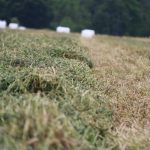
New high-performance forage training program to launch in 2026
Program will be a resource for farmers, agronomists and others in the forage sector
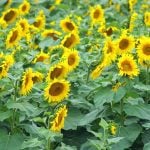
Made-in-Manitoba sunflower hybrid headed to market
Manitoba Crop Alliance lands U.S. co-operative CHS to commercialize the first confection sunflower variety to come out of MCA’s homegrown breeding program
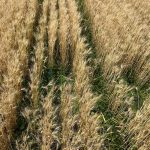
Cover crops seeded with wheat show no yield penalty in Manitoba trials
Seeding legumes with wheat shows promise gettting a cover crop established during the short growing season
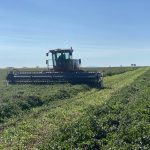
How a southern Alberta farm maintains mint condition
Quattro Ventures grows mint for the essential oils market and had a lot to learn about the agronomics for this specialty crop
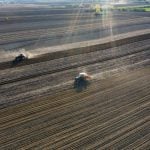
Improving agriculture’s economic and environmental sustainability
Policy fellows highlight need for more targeted risk management programs, land assessment and vegetable sector soil support
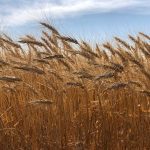
Urea stands tall, production-wise, against ‘alternative’ nitrogen fertilizers
N stabilizers did their job but offered little value to wheat yield, says project lead
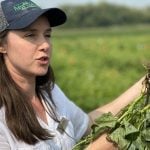
Lower nitrogen rates in dry beans could pay off for farmers
Manitoba trials test whether farmers can apply less nitrogen to dry beans without losing yield, despite their typically poor nitrogen-fixing capacity
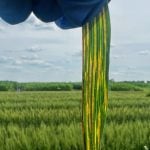
Researchers chase resistance to bacterial leaf streak in Prairie cereals
With symptoms that mimic tan spot and rust, BLS often goes unnoticed
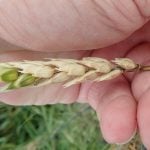
Fusarium head blight mycotoxin detector in the works
Portable machine to identify contaminated kernels under development at the University of Saskatchewan

Benchmarking soil health in Alberta
Researchers at the Chinook Applied Research Association’s Soil Health Lab have adapted a soil health assessment from Cornell University to evaluate Alberta soils


